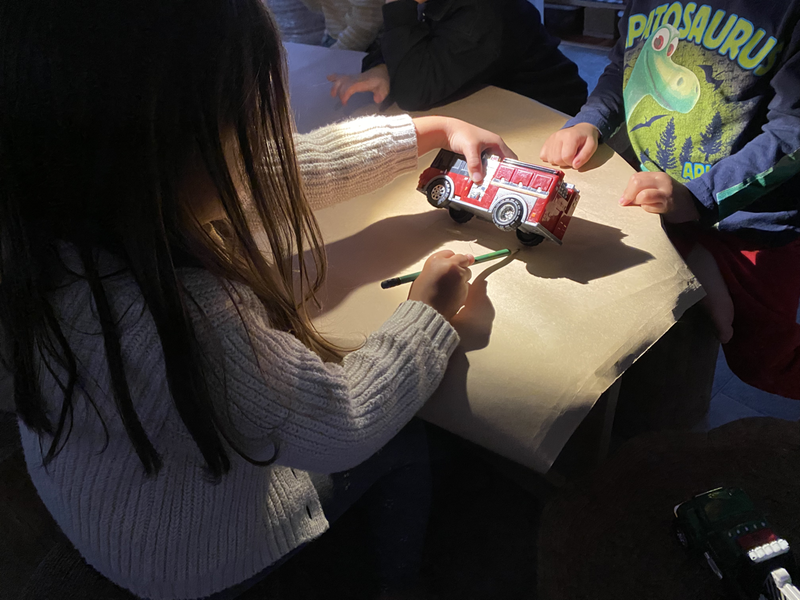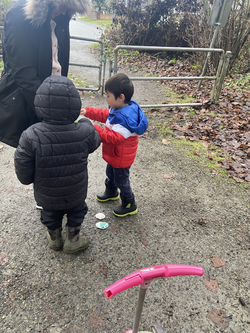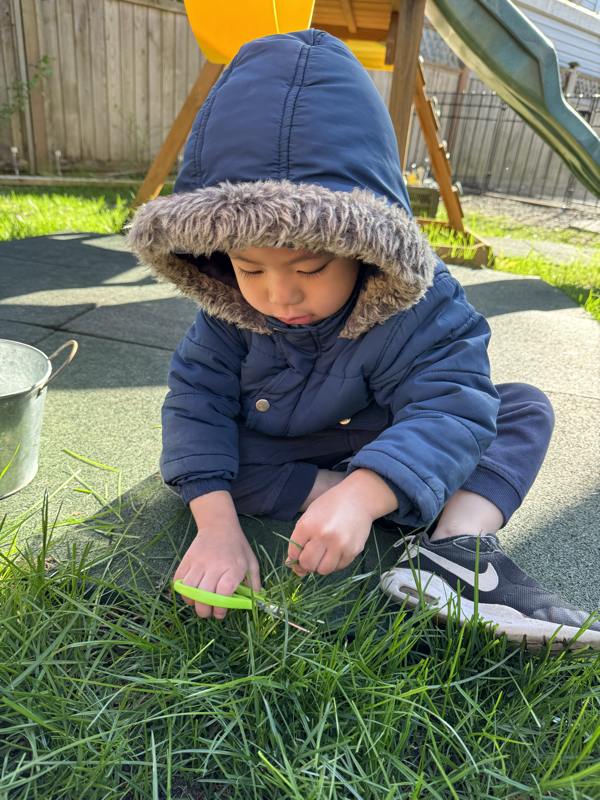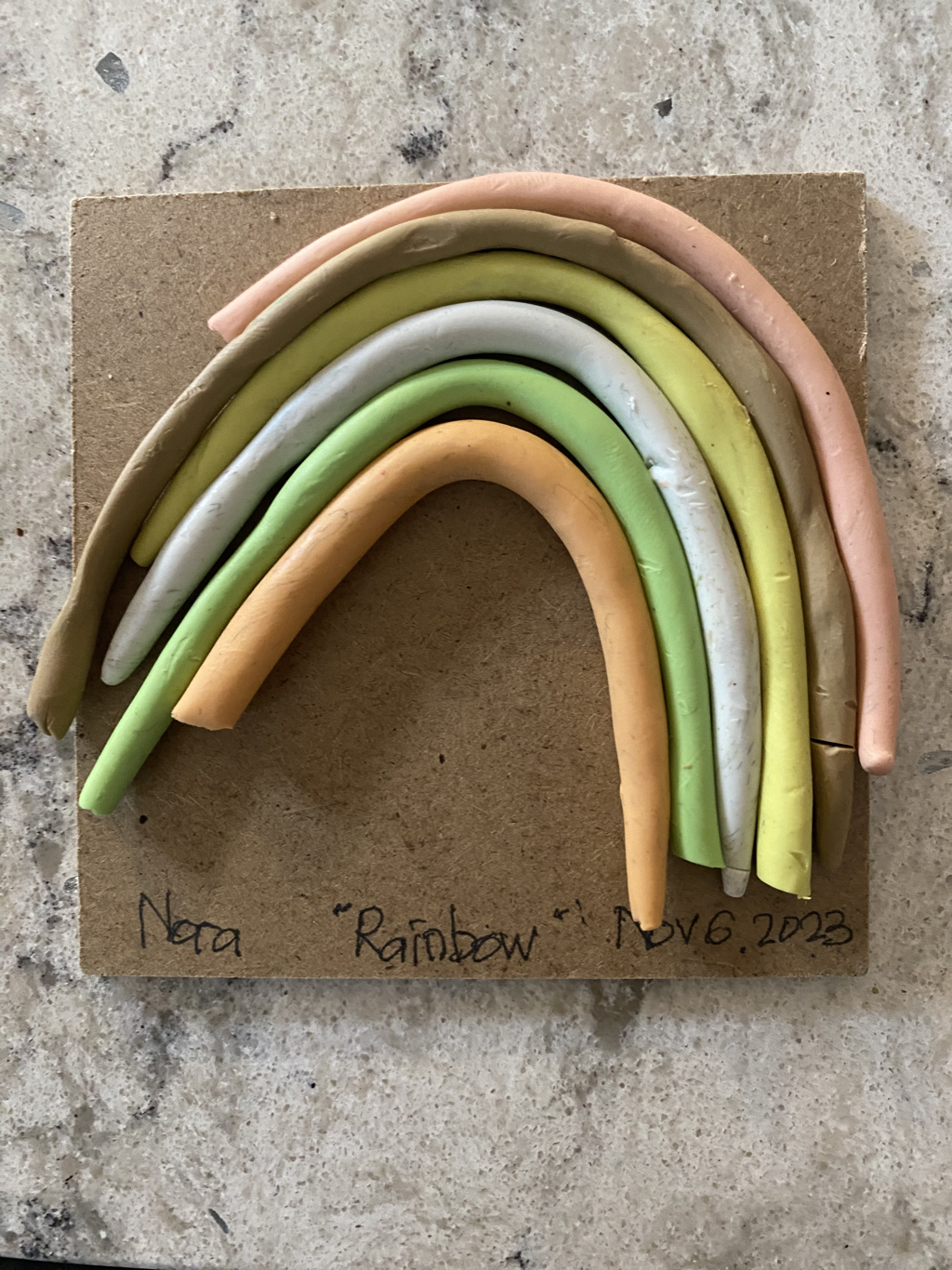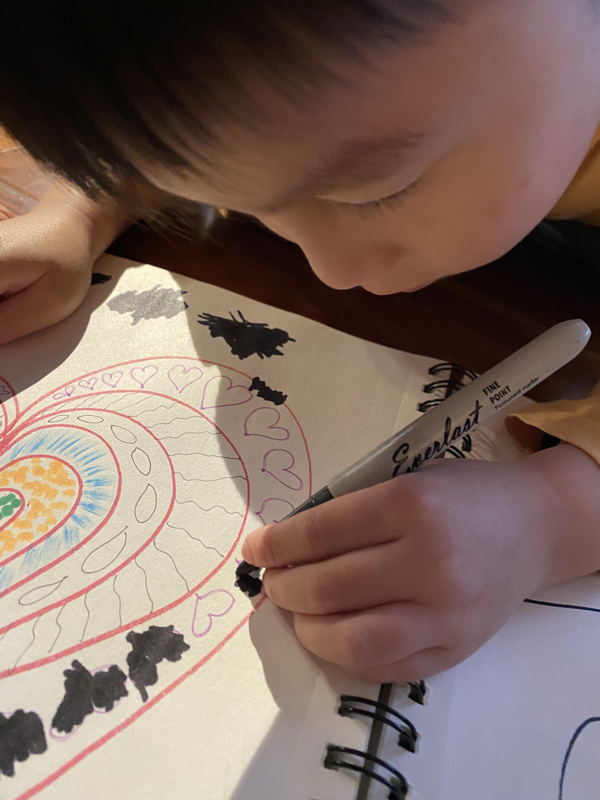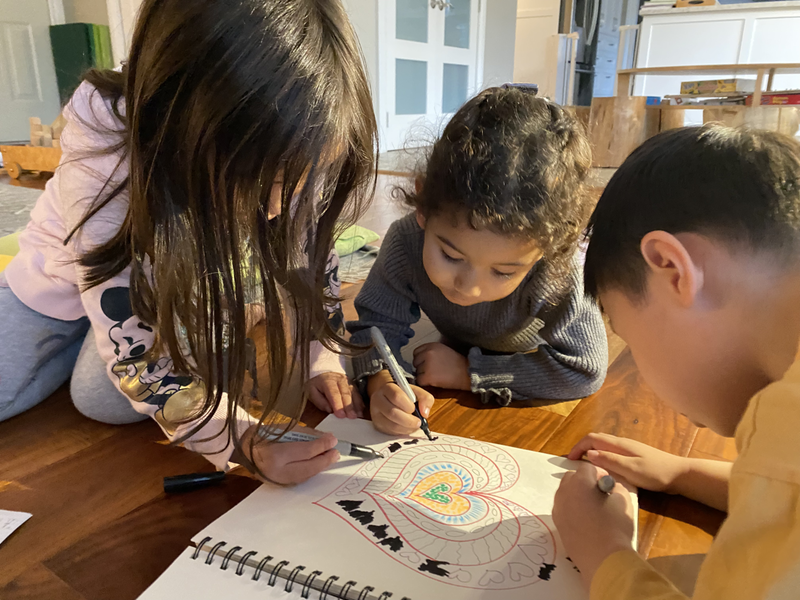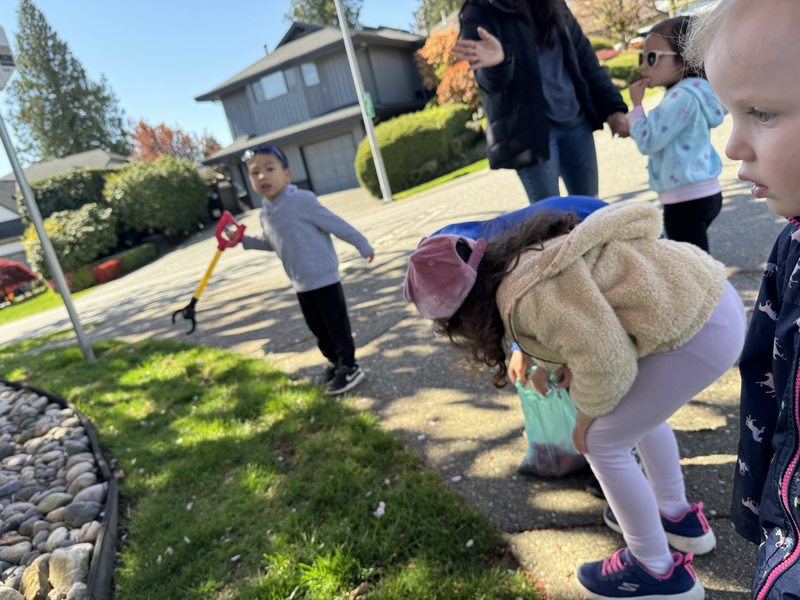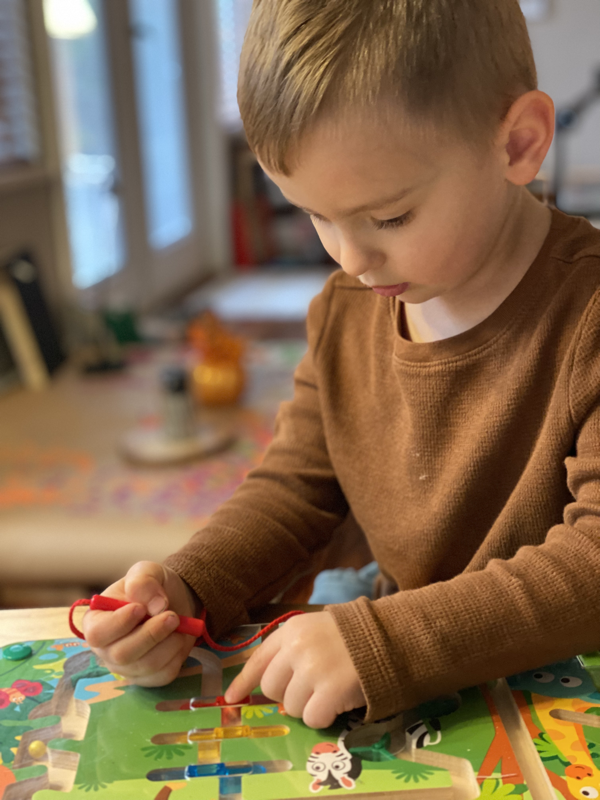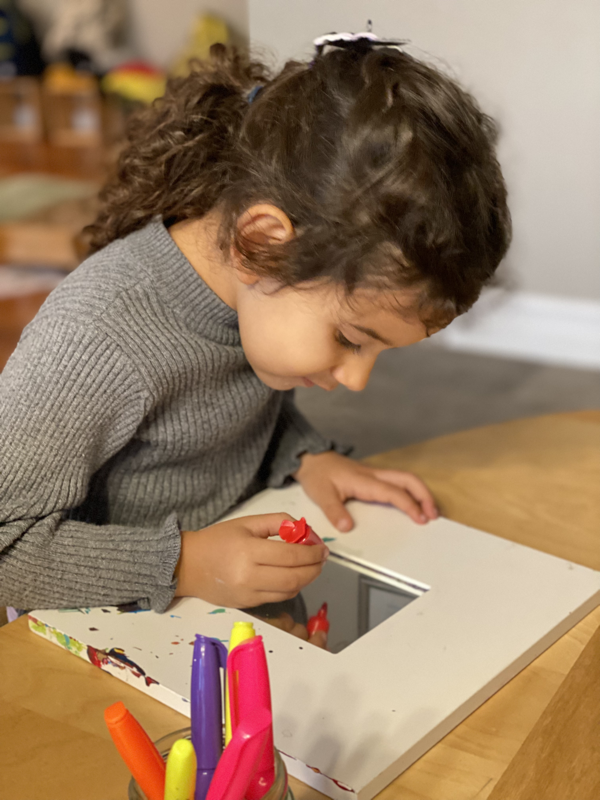|
Are we capable of reflecting on situations and circumstances? Are we cognitively able to incite change through reflections? Movement allows children to connect concepts to action and to learn through trial and error. Young children explore their world through movement, using all the senses so it is only logical to use what they already know to promote further skills such as reflective practice- Diana F. Cameron. In this way we think ‘active reflection’, something that can be part of our day-to-day practice. We use our observations as a starting point. What can we see/hear? How do we feel? In order for us to understand what we mean by reflection, which is similar to critical thinking, we need to learn it in context. Not in isolation but it needs to happen in a relation to an experience. By reflecting on experiences, we are able to implement change by looking at things differently and then changing how we react to a similar experience. It’s upside down - Lukah shares his thought when he notices the reflection of two characters on the storybook. We refer to resources such as books, pictures, art materials, and other people to find out more information. It’s a shadow - Fides reflects. Reflection can be described as a learning tool, something that is going to help us to synthesize, explain, and make sense of something, while developing meaning from our experiences. At this juncture, we understand there are two opinions - shadow and reflection. We move freely from one part of the process to another as we explore materials, try new strategies, and evaluate resolutions to problems we pose for ourselves. Are reflection and shadow the same or different? We agree to take it forward through further observations and experiments to discover what we are naturally drawn to investigate. A shadow is coming out - Brooks. He explains the two are different. With time, we begin to combine approaches, observe how the materials work or don’t work, and then try again. Reflection and shadow investigations indeed require an inventory of the environment and careful observation of the natural light during various times of the day. Sometimes when we attempt to transfer what we see onto two dimensional base, it can be a situation whereby we find it pretty challenging. With support and encouragement, Lukah persists in his efforts in projecting lines to connect various straight and curvy lines to form squares, rectangles, triangles, and circles. During this learning opportunity, we too include the concept of vertical and horizontal. The drawing of lines and shapes intrigue us to elaborate. Some of us choose to work within the image and others cover it one by one. Studies suggest that we create an extensive narrative while drawing. It’s always wonderful to see how our friends sees the things in our own individual way. Going forward with our inquiry of shadow and reflection, we have reached to the point where we start working on the the relationship between reflection and shadow, similarities and differences. As today is a cloudy day, so we come up with a question where is the shadow? Fides mentions, we can see shadow inside with the help of the flashlights. On the other hand, Brooks highlights, we can only see our shadow in the sun not in the cloudy weather. Light tables and overhead projectors are if interest to us. Introducing two of the reflection and shadow interest areas simultaneously give us something new to investigate. Friends are interested in the process of gathering transparent materials. We ask ourselves, I wonder if there is anything that we could use on the projector? We even find objects and materials which offer more possibilities forward. Another possibility emerges! Felix discovers an interesting finding when he lifts up the mirror to the top of his head and looks up. The reflection on the mirror turns out to be upside-down. Let us keep our wondering minds going deeper and deeper. Kindest,
Children & Friends.
0 Comments
Leave a Reply. |
No part of this publication may be reproduced, distributed, or transmitted in any form or by any means, including photocopying, recording or any other electronic or mechanical methods, without the prior written permission of the publisher.
Archives
July 2024
|
